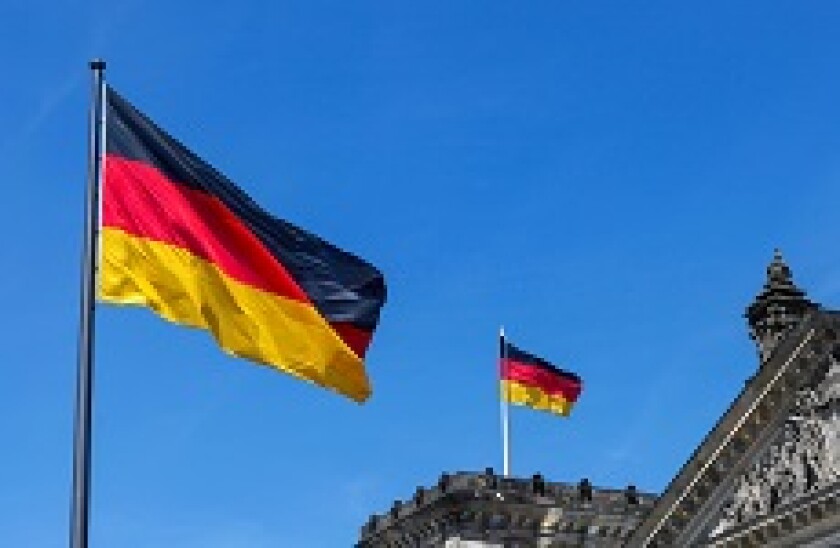Each debt market stands over two tectonic plates: volume and deal flow. Movement of either plate — and the effect of one on the other — determines the market’s health and stability.
Take the Euro PP market. It is witnessing deals flows comparable to that of 2015, when it was being crowned Europe’s answer to the US PP. Yet no one dares anoint it that now. Larger borrowers have gone elsewhere, and the market has haemorrhaged a third of its volume.
The opposite is true of volumes in the Schuldschein market, which are set to pip last year’s record €27bn, even if the market has also suffered an absence of big beasts.
Schuldschein volumes in 2016 relied upon on a €1.1bn deal for Porsche, €1.6bn for Austrian retailer Hofer and €800m for Lidl.
But this year, more borrowers have come to the market — roughly 40 more than the 130-odd that showed up in 2016 — and this is what has driven volumes to comparable heights. The average deal volume fell by more than a quarter, to just over €150m.
A wider range of companies — those not ready for public bond markets — were able to raise money in Schuldschein format, which is a sign the market is functioning in the way a private debt market should.
Perhaps in an ideal world for Schuldschein enthusiasts the market’s big dogs would still have financed there this year. But it is surely true the Schuldschein market ends 2017 in an even better state than it began it.
